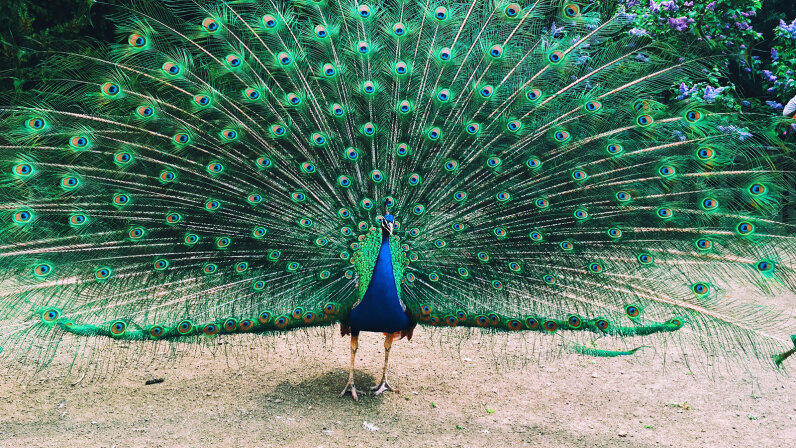7 December, 2002
Female breasts and peacocks' tails

NZ Pundit is greatly puzzled as to why he and most other males find the female breast very attractive. He gives an almost encyclopaedic list of possible explanations for the phenomenon. He has however missed out the obvious one -- the explanation from ethology (i.e. the study of animal behaviour). Any ethologist will tell you that most vertebrate species (at least) have markers for masculinity and femininity -- often very striking markers -- as in the well-known vivid red posterior of Mandril moneys and the less well-known coloured undersides in the three-spined stickleback fish memorably studied by Tinbergen (1951).
And what the studies show is that the more exaggerated these markers are, the more they succeed in attracting the opposite sex: The enormous tail of the Peacock being the most obvious case in point. Large tails have aroused peahens for thousands of generations so peacock tails have, through evolution, (or, more strictly, through sexual selection), gotten longer and longer as a means of winning the reproductive race.
So the enlarged breast that occurs during lactation has taken on the job of sexual marker among humans and the resultant attraction it generates has caused the human female breast to become (through evolution) non-functionally large -- just like the peacock's tail.
Reference:
Tinbergen, N. (1951) The study of instinct. Oxford: Clarendon.
Go to John Ray's Main academic menu
Go to Menu of longer writings
Go to John Ray's basic home page
Go to John Ray's pictorial Home Page
Go to Selected pictures from John Ray's blogs